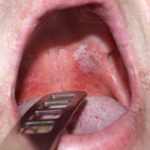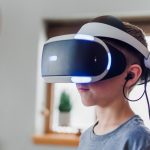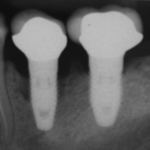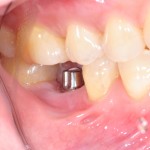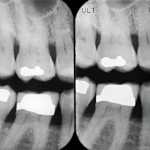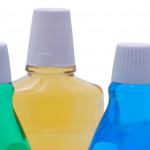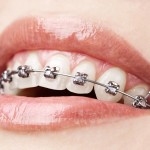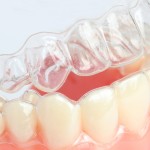
This Cochrane review update evaluating different retention strategies used to stabilise tooth position after orthodontic braces included 47 RCTs. However, only 11 RCTs were at low risk of bias and the overall assessment of the certainty of the evidence is low to very low which means that firm recommendations on orthodontic retention strategies cannot be made.
[read the full story...]